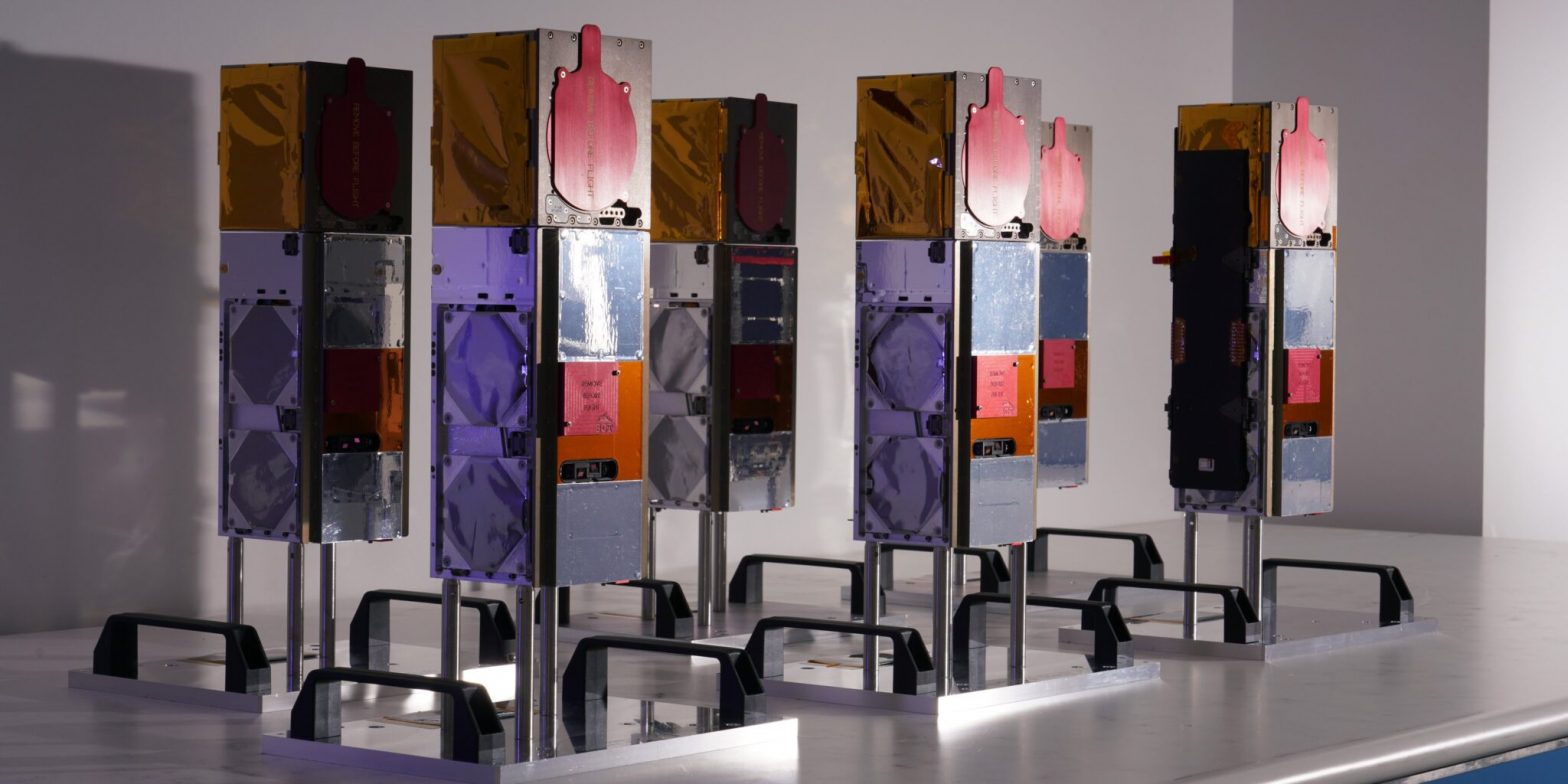Former Lockheed Martin executive Chris Winslett joins Raytheon’s small-satellite subsidiary amid efforts to expand the company’s footprint in defense programs
WASHINGTON — Chris Winslett for three years ran one of Lockheed Martin’s small-satellite business sectors, helping the company win major orders from the Space Development Agency for its low Earth orbit constellation.
Winslett last month was named general manager of Blue Canyon Technologies, a small-satellite manufacturer founded in 2008 and acquired by the defense contractor Raytheon Technologies in 2020.
Growing Blue Canyon’s defense footprint is a key goal for Winslett, he told SpaceNews in a recent interview. The company is currently producing small satellites and cubesats mostly for NASA and commercial customers, and is pursuing orders from spacecraft manufacturers competing for Space Development Agency orders.
“I think there’s enormous opportunities in defense, civil, on the intelligence side, as well as commercial space,” said Winslett.

Based in Boulder, Colorado, Blue Canyon in 2018 won a high-profile military contract when it was selected by the Defense Advanced Research Projects Agency to supply buses for the Blackjack technology demonstration in low Earth orbit.
The contract with DARPA had options to supply up to 20 buses. But the program was beset by delays and supply chain problems and was ultimately downsized to only four satellites, which launched to orbit in June.
The Blackjack satellites were built with Blue Canyon’s largest satellite bus, the Saturn-class, ESPA-Grande. Although DARPA’s program didn’t generate as many orders as Blue Canyon had anticipated, these buses are now in increasing demand by other defense agencies, said Winslett.
Raytheon is using Blue Canyon’s Saturn buses to build seven satellites for the Space Development Agency. The smallsat subsidiary, however, does not expect to supply exclusively to its parent company, and will be a merchant supplier of buses and other hardware to any manufacturer, Winslett said.
“SDA over the last three years has really disrupted the government market, buying satellites in a very short amount of time and at an affordable cost,” he said. “I think you’ll see a lot more government agencies move in that direction.”
Winslett said an “enormous amount of lessons were learned from the Blackjack program,” particularly about how to manage the supply chain.
An industry-wide shortage of parts and components, aggravated by the covid pandemic, resulted in Blackjack delays and also affected Space Development Agency programs.
As a result, Raytheon and Blue Canyon started a new effort, called Project Sunrise, to ensure supply shortages are averted in the future, said Winslett. The program puts greater focus on inventories and ensuring key parts are always available. “It’s going to help us really shorten our cycle times,” he added. “Our customers are looking at building capabilities quickly, probably much faster than has historically been done.”
More demand for cubesats
Although defense customers like SDA and other satellite operators are interested in the larger sized smallsats, there is still a significant demand for tiny cubesats used primarily for experiments.
In response, Blue Canyon last year opened an expanded cubesat factory in Boulder, increasing capacity from 50 to 85 a year. The company also operates a manufacturing facility in Lafayette, Colorado.
To accommodate larger payloads on cubesats, Blue Canyon introduced a bigger 16U cubesat, named XB16.
“We are in discussion with various customers regarding the XB16,” said Winslett.
“We continue to see a large demand for cubesats, especially in the 12U to 16U size,” he said. Many customers are moving toward larger microsats, he added, “but I don’t think you’ll see cubesats go away. I actually think there’s still a large market for that.”
There are more manufacturers today supplying small satellites, Winslett said, “but the pie is continuing to grow. If you look at the market today versus three or five years ago, it’s substantially bigger,” he added. “It’s a competitive market, but I do think there’s opportunities for all of us.”
Upcoming deliveries
Winslett said Blue Canyon has recently delivered 11 smallsats for various government customers.
The company supplied satellites for several missions that are projected to launch in the near future.
MethaneSAT, projected to launch in 2024, was built on a Saturn-class microsat. The Environmental Defense Fund will use it to measure methane emissions.
NASA’s Pandora mission, projected to launch in 2024 or 025, uses a Saturn-class microsat. NASA and the Department of Energy’s Lawrence Livermore National Laboratory designed the mission to study the atmospheres of exoplanets.
Blue Canyon also supplied cubesats for NASA’s CLICK B/C mission, projected to launch in 2024, designed to demonstrate optical communication crosslink between two small spacecraft in LEO. It also built cubesats for the upcoming VISORS telescope demonstration mission planned by NASA and other partners, and the EZIE mission funded by NASA and the Johns Hopkins Applied Physics Lab to image the Earth’s magnetic footprint.
